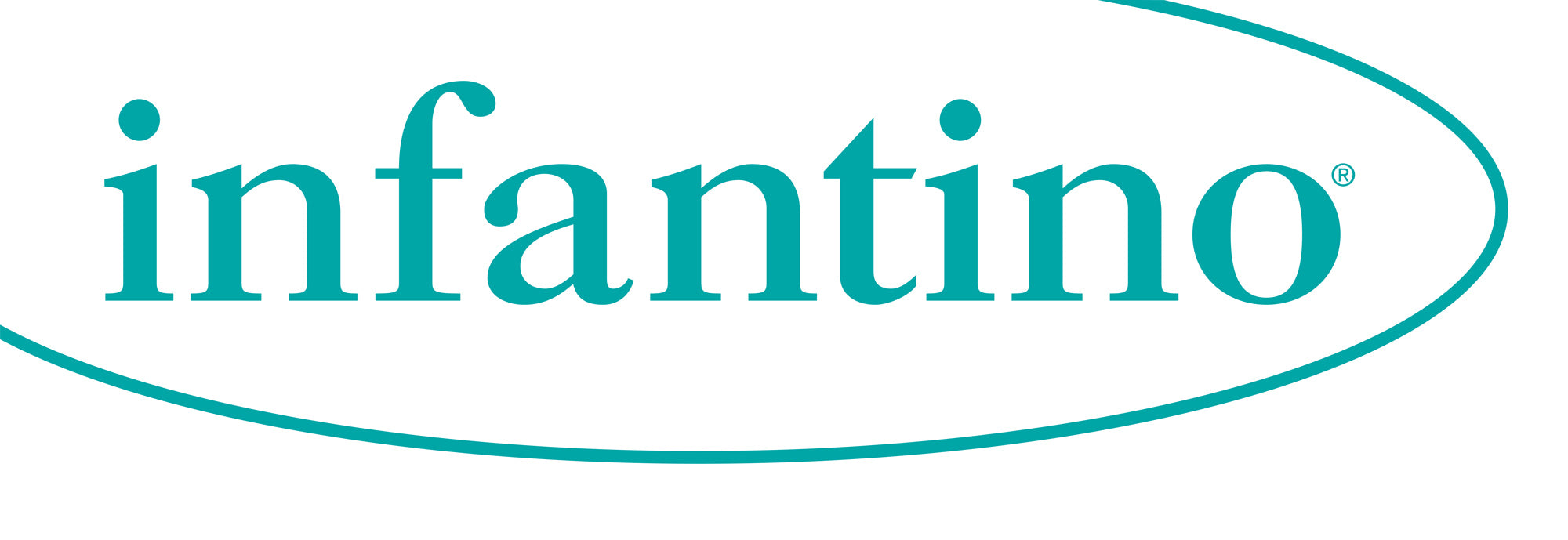 The introduction of toys during play sessions offers a great learning opportunity for your child.
The introduction of toys during play sessions offers a great learning opportunity for your child.
Just as building blocks can be toys, toys can also be building blocks to development. Much more than just a means to entertainment, playing assists with an infant’s cognitive, physical, emotional, and social development.
For example, shape sorting toys can build a child’s pattern recognition and cognitive skills, while the dangling accessories of infant gyms will help babies become aware of their environment and encourage their body movement as they reach for toys. Newborn babies, on the other hand, are developing their palmar grasp reflex — think of all the times your baby’s small hands have reached out to grab a strand of your hair or your pinky finger.
There’s no question — toys are important for children of all ages. But how do you choose the right toys for your child? That’s a question worth exploring.
What to Look for in a Toy
One of the greatest challenges in shopping for baby toys is knowing which toy will best match the developmental stage of your child. While toys are often graded based on age, and following age grading is important for safety, it is also important to have a keen understanding of the learning level of your child. There is no use in giving your child toys appropriate for a six-month-old if they have already reached the developmental stage of a nine-month-old, or vice versa. As a parent, you know that children learn at different paces within the first few years, so be sure to intentionally choose toys that match their stage of growth. This infographic on sensory development milestones may help you with identifying what stage fits your child.
Find Toys That Grow With Your Child
One way to do this is to purchase toys relevant for multiple developmental stages. Colorful toys with musical buttons like this will help children at the six-month-old developmental stage learn about sound and cause and effect (when you press a button, music plays), and textured features will develop gross motor skills. Instead of retiring this toy after your child has grasped these skills, the toy has other features: shape sorting and number learning. These added features make this single toy relevant until your toddler reaches the 36-month mark.
Find Toys That Help With General Age-Appropriate Skill Development
While not all children hit milestones at the same time, the chart below is a good guideline for appropriate toys for new skill development by age.
Toys can be a fun way to encourage children to reach new developmental milestones and explore their world. And don’t forget, helping your little one to discover with toys is a fun — for both little one and parents!

 UK
UK France
France Germany
Germany